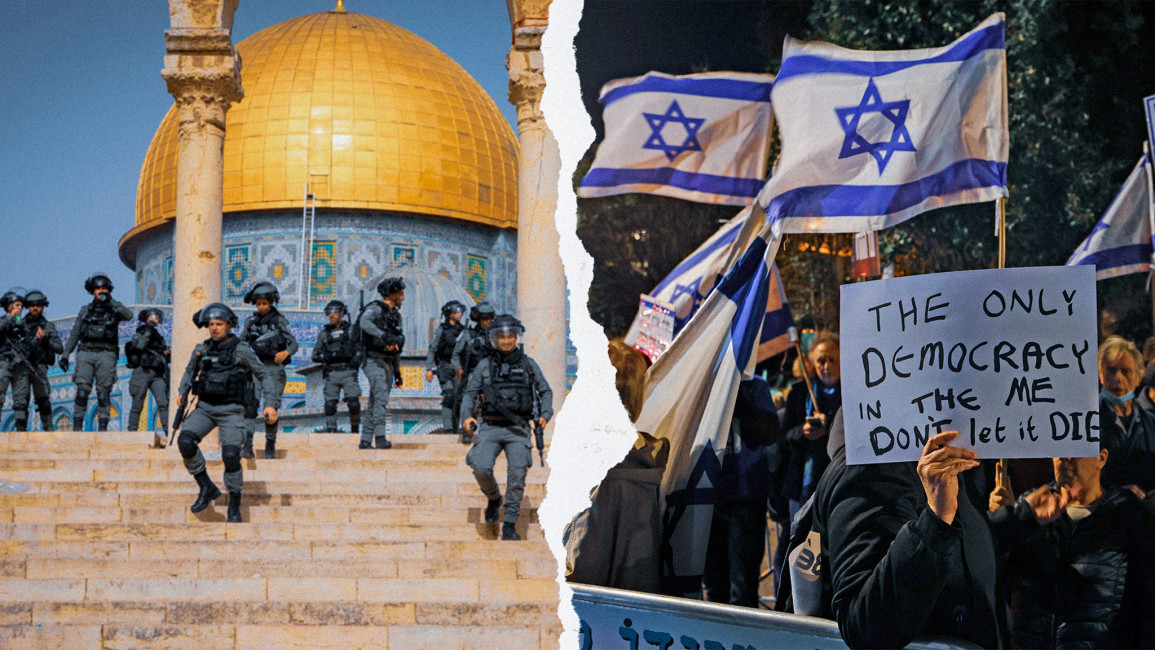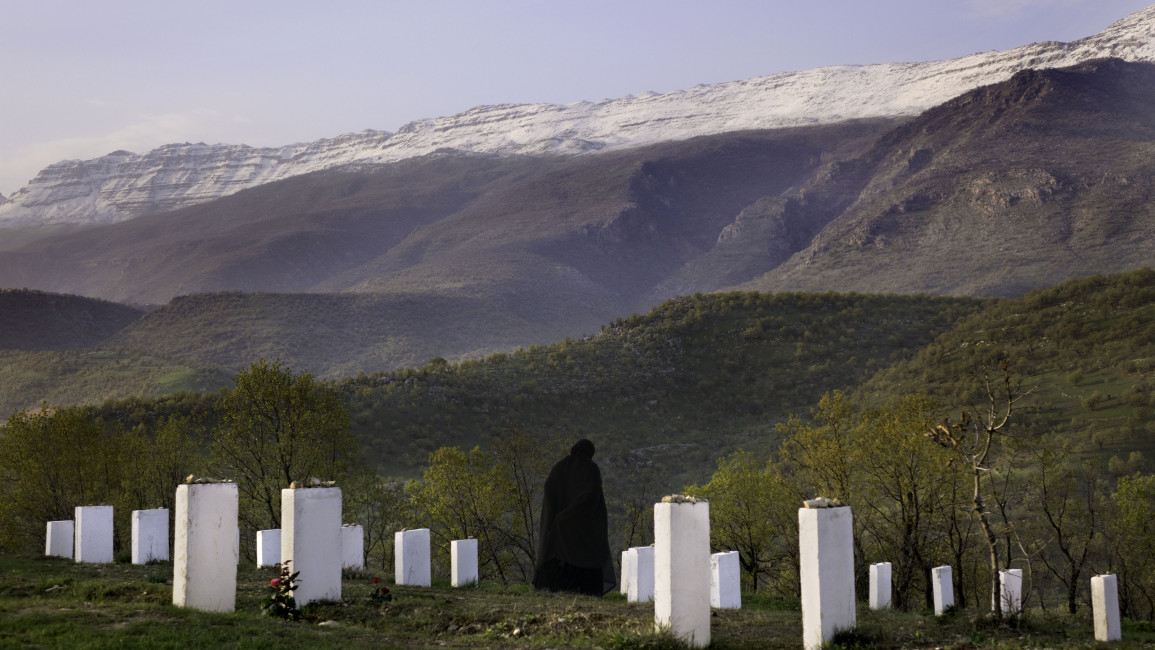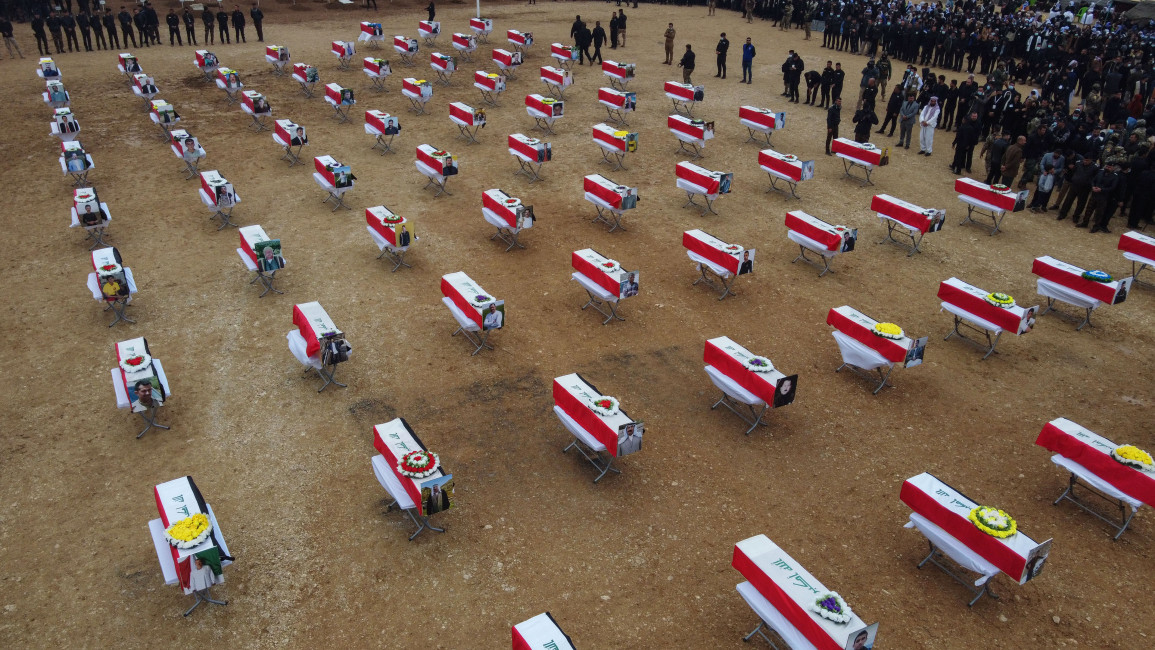Main opposition accuses gov't of 'submissive' attitude toward U.S. over eavesdropping suspicions
Diplomacy
SEOUL, April 12 (Yonhap) -- The main opposition Democratic Party (DP) on Wednesday blasted the office of President Yoon Suk Yeol for taking a submissive attitude toward the United States over suspicions that U.S. intelligence agencies eavesdropped on South Korea and other allies.
According to reports from The New York Times and The Washington Post, a set of leaked Pentagon documents shared on social media revealed that U.S. intelligence services eavesdropped on conversations at the South Korean presidential office in early March regarding whether to provide weapons support to Ukraine.
A day earlier, the defense chiefs of South Korea and the U.S. agreed on the assessment that much of the information in the purported documents was fabricated, while Yoon's office rejected the eavesdropping allegations as "absurd and false."
In Washington, Principal Deputy National Security Adviser Kim Tae-hyo also said that no circumstances have been found that indicate the U.S. eavesdropped on South Korea with "malicious intentions." Kim was in Washington to discuss preparations for Yoon's upcoming state visit to the U.S.
"Are there bad intentions and good intentions in eavesdropping?" Park Jie-won, an adviser to the DP and a former chief of the National Intelligence Service, said in a radio interview. "The act itself is illegal and bad."
Rep. Jung Chung-rai said the government is trying to defend the U.S.
"It's like someone who was slapped in the face saying he was not when the one who hit him says he did slap him in the face," Jung said. "Is the Yoon Suk Yeol administration a lawyer for the U.S.?"
The lawmaker appeared to be referring to remarks by Chris Meagher, an assistant to the defense secretary, earlier this week that the photos of the purported Pentagon documents appear to be "similar in format to those used to provide daily updates to our senior leaders."
"The presidential office said the eavesdropping allegation is an absurd lie. Then is it the U.S. defense ministry who is lying, or the presidential office?" DP Rep. Park Chan-dae said in a party leadership meeting.
The DP Chairman Lee Jae-myung said the party will push for legislative measures to strengthen the security of the presidential office and find out the truth of this case.
"Incidents like the Seoul sky being infiltrated by a North Korean drone and the presidential office being exposed to tapping of foreign intelligence services should never happen again," Lee said, referring to the document leakage case and the penetration of the no-fly zone around the presidential office by a North Korean drone in December.

Rep. Lee Jae-myung (C), the chairman of the main opposition Democratic Party, speaks at a party meeting at the National Assembly in western Seoul on April 12, 2023. (Yonhap)
nyway@yna.co.kr
(END)
Related Articles
FM says purported Pentagon documents likely fabricated
No evidence shows ill intentions from U.S. in alleged tapping of presidential office: security adviser
(LEAD) Main opposition urges gov't to lodge protest with U.S. over eavesdropping suspicion
(LEAD) Yoon's office rejects eavesdropping suspicions as 'absurd, false'
(LEAD) U.S. commitment to defense of S. Korea remains ironclad: State Dept.










